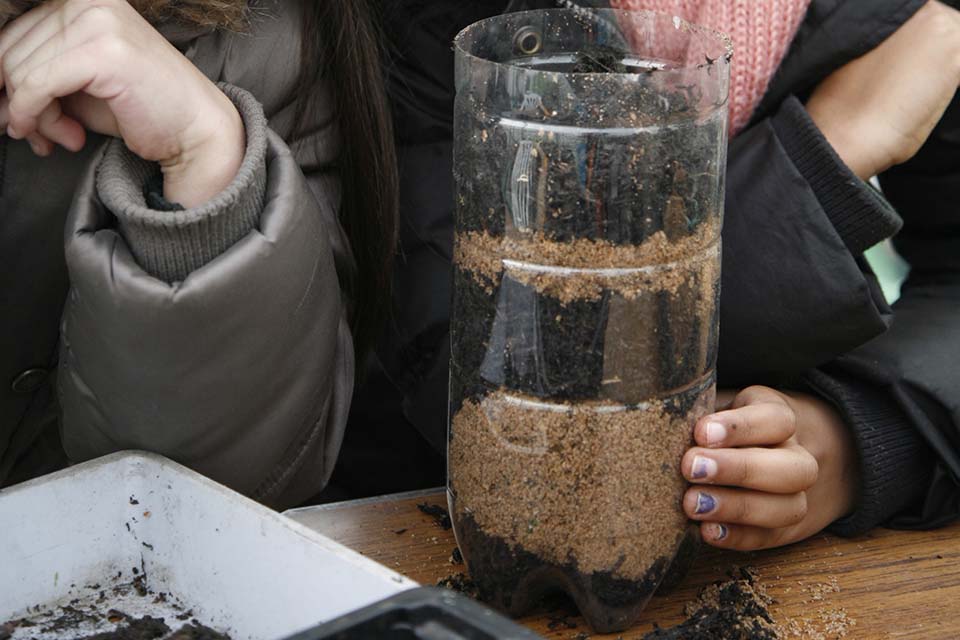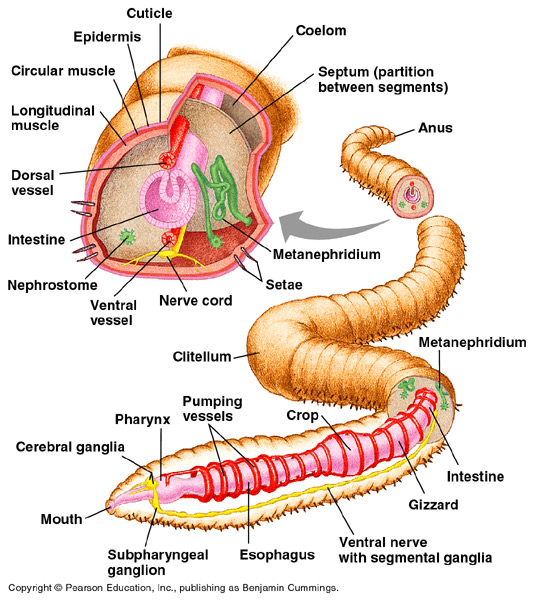 Let’s celebrate the Earthworm. Worms are those tiny creatures we see when we dig in the garden, after it rains, or at the end of a fishing line. They are more than just fishing bait though. They are important to gardeners, to the soil and for managing waste. Worms are decomposers. That means they eat dead leaves, grasses and left over food and return rich nutrients to the soil in their castings (another name for poop). They are nature’s recyclers! Here is a way you can observe worms scientifically in your own home.
Let’s celebrate the Earthworm. Worms are those tiny creatures we see when we dig in the garden, after it rains, or at the end of a fishing line. They are more than just fishing bait though. They are important to gardeners, to the soil and for managing waste. Worms are decomposers. That means they eat dead leaves, grasses and left over food and return rich nutrients to the soil in their castings (another name for poop). They are nature’s recyclers! Here is a way you can observe worms scientifically in your own home.
Use the instructions below or download and print the PDF version of this activity. Have fun!
What you will need:
- Clear liter plastic soda bottle
- Garden soil
- Peat moss or coconut coir
- Fine sand
- Water (spray bottle)
- Dead leaves
- Paper bag
 To make a wormery:
To make a wormery:
- Cut the top off the clear plastic bottle.
- Put in a layer of garden soil (about 2 inches), a layer of peat or coir (1-2 inches), and a layer of sand (1 inch).
- Water the contents with a spray bottle so they are moist all the way through, but no standing water.
- Now, dig up 6-10 worms from the garden and put them in your wormery. Don’t bury them, they will know what to do.
- Cover them with the dead leaves (2-3 inches) and set the paper bag over the bottle. The bag will keep light out but let the air in that the worms need to breathe.
- Put the bottle in a cool place out of direct sun.
- Keep the wormery damp and keep an eye on the worms.
Lift up the paper bag to study them:
- What are they doing?
- Can you see why gardeners might like them?
Try adding vegetable and fruit scraps from your kitchen. Chop them up and set them on top.
- What happens to them?
- Are the layers changing?
Once you have studied the worms, put them back where you got them.

Hold on tight!
When you were getting your worms to put in your wormery, you might have had a hard time pulling them out of the ground. Worm bodies are made up of segments or rings with little bristles on each segment. Those bristles, called setae, are like tiny feet that grab on to the soil and hold on tightly. Worms have hundreds of these tiny feet so can hold on tight when predators, like birds, want to pull them out of the ground.
This activity is brought to you by The Spokane County Regional Solid Waste System, a proud sponsor of the EnviroKids Club. You can learn more about reducing your waste by practicing the 3 Rs at TalkTrashSpokane.com.
